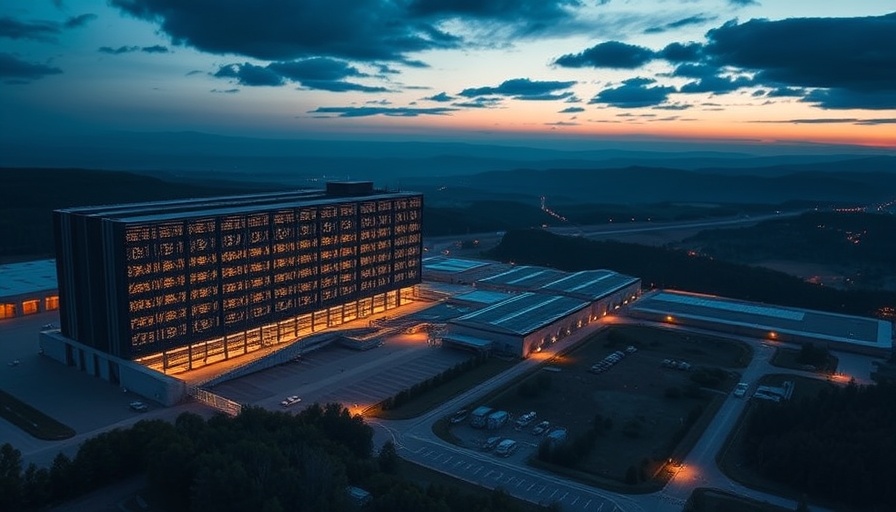
East Asia's Arms Market: A New Frontier
In recent years, East Asia has emerged as a formidable player in the global arms industry. Reports indicate that defense leaders from South Korea have been proactively engaging foreign markets, including notable trips to Ottawa to pitch advanced military technologies like howitzers and submarines. Concurrently, Japanese manufacturers are tapping into their technological expertise to meet a growing demand for defense systems internationally.
The Global Demand for Security
This surge in East Asian arms production is largely driven by geopolitical tensions and a renewed focus on defense among America's allies. Nations, particularly in the Asia-Pacific region, are prioritizing the modernization of their armed forces in light of evolving security threats. This has opened an advantageous growth corridor for arms manufacturers from East Asia eager to expand their reach beyond national borders.
Investment Opportunities in Defense Technology
For cost-conscious business owners, investing in defense technologies might initially appear daunting. However, the arms sector offers potential ROI through government contracts and international collaborations. Companies that strategically align with East Asian armsmakers may benefit from shared innovations or joint ventures, thus reducing costs associated with research and development.
Future Prospects of East Asian Defense
As tensions increase on the global stage, East Asian military firms are well-positioned to capitalize on the shift towards enhanced security measures. This presents not only opportunities for implementing cutting-edge technologies but also for forging economically advantageous partnerships that can help these firms expand their market presence and boost profitability.
Take Advantage of This Growing Market
With the state of global affairs highlighting the importance of dependable defense solutions, engaging with East Asian armsmakers can provide the insight and strategies needed to thrive in today’s complex economic landscape. Explore how these trends can inform your business strategy and investment choices.
 Add Row
Add Row  Add
Add 










Write A Comment